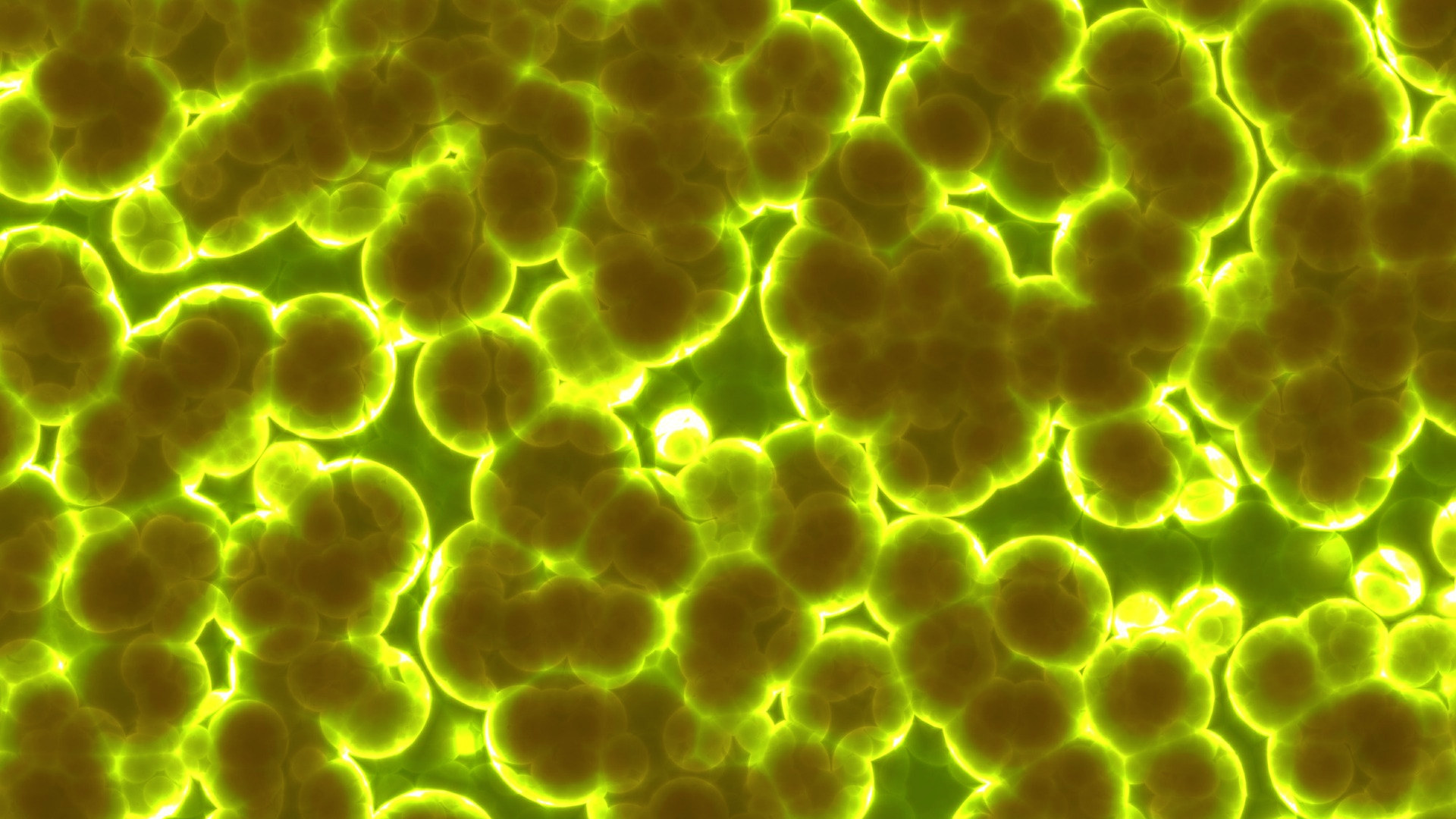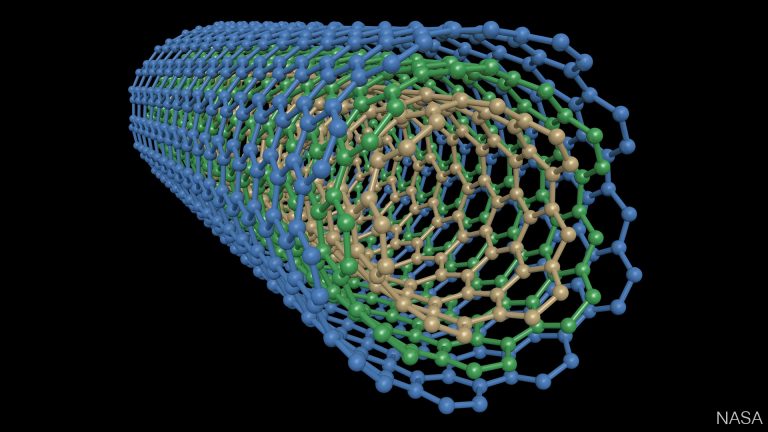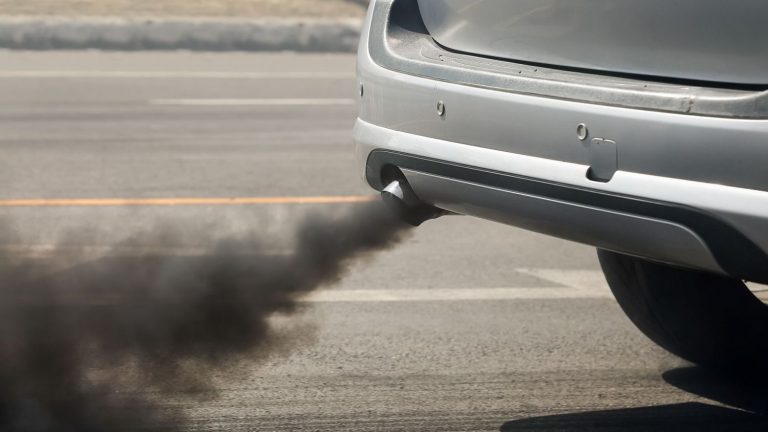Ethane is the second most abundant component of natural gas, right after methane, and it is found deep underground and in marine gas deposits around the world. Research studies have shown that these two components—along with propane and butane—are being oxidized into carbon dioxide. Bacteria that convert methane, propane, and butane are already known, but it was unclear how ethane is degraded in the absence of oxygen, until now.
After more than a decade of research, scientists from Helmholtz-Centre for Environmental Research (UFZ) with colleagues from the Max Planck Institute for Marine Microbiology in Bremen, Germany have solved this mystery. In a microbial culture gathered from Gulf of Mexico sediment samples, the researchers have discovered archaeon that oxidizes ethane. They named it Candidatus Argoarchaeum ethanivorans, which literally means “slow-growing ethane eater.”
The sampling was carried out underwater at a depth of more than 500 meters, from natural gas seeps, which are a vigorous source of energy and carbon for deep-water marine microbes. The cultivation had lasted for over ten years until scientists obtained sufficient amounts of microorganisms containing the archaeon.
Using fluorescence microscopy, researchers determined that the “ethane eater” holds a dominant share of the culture claiming around 65 percent, while two sulfur-reducing bacteria make about 30 percent—taking into the account the high abundance of sulfate in seawater. The biomolecules—metabolites and proteins—were characterized using high-resolution mass spectrometry and the spatial orientation of individual microorganisms were determined by Helium-ion-microscopy and Nanoscale secondary ion spectroscopy. Researchers used these methods to demonstrate that the archaeon is accountable for the oxidation of ethane to carbon dioxide, while the other share of the culture for reducing sulfate to sulfide.
One step further
Researchers’ findings on anaerobic oxidation of ethane have been predominantly fundamental. But now, these findings could lead the new scientific endeavors toward industrial applications.
As reported to UFZ, a research team member, Dr. Florin Musat, said: “We are now aware of the mechanisms underlying the degradation of short-chain hydrocarbons by alkyl-CoM reductases, and we assume that the reverse reactions may be feasible. If demonstrated, this means biotechnologies to produce hydrocarbons using these or similar microorganisms.” This finding opens a new door for new biotechnological applications to produce more efficient synthetic fuels.
More information: Chen et al. (2019). Anaerobic oxidation of ethane by archaea from a marine hydrocarbon seep, Nature, 568(7750), 108–111. DOI: 10.1038/s41586-019-1063-0



